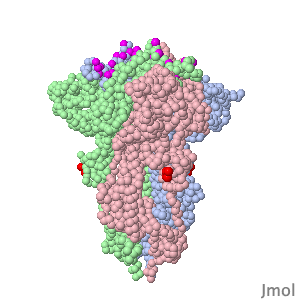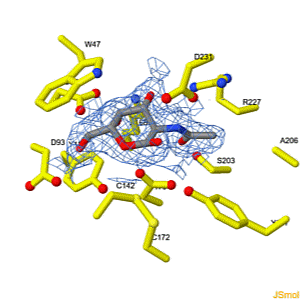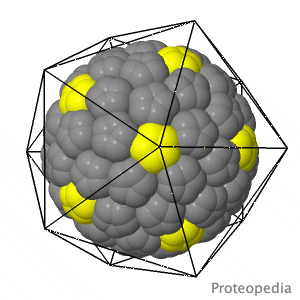Sandbox Home
From Proteopedia
| Line 34: | Line 34: | ||
<tr style="font-size: 1.0em; text-align: center;"> | <tr style="font-size: 1.0em; text-align: center;"> | ||
| - | <td style="padding: 10px; vertical-align: top;"> | ||
| - | <p style="margin:0">[[Help:Contents#For_authors:_contributing_content|How to add content to Proteopedia]]</p> | ||
| - | <p style="margin:0">[[Proteopedia:Video_Guide|Video Guides]]</p> | ||
| - | <p style="margin:0">[[Who knows]] ...</p> | ||
| - | </td> | ||
| - | + | <td style="padding: 10px;> | |
| - | + | <p>[[Help:Contents#For_authors:_contributing_content|How to add content to Proteopedia]]</p> | |
| - | + | <p>[[Proteopedia:Video_Guide|Video Guides]]</p> | |
| - | + | <p>[[Who knows]] ...</p> | |
| - | + | </td> | |
| + | |||
| + | <td style="padding: 10px;> | ||
| + | <p>[[I3DC|About Interactive 3D Complements - '''I3DCs''']]</p> | ||
| + | <p>[[Proteopedia:I3DC|List of I3DCs]]</p> | ||
| + | <p>[[How to get an I3DC for your paper]]</p> | ||
| + | |||
| + | </td> | ||
| + | |||
| + | <td style="padding: 10px;> | ||
| + | <p>[[Teaching strategies using Proteopedia]]</p> | ||
| + | <p>[[Teaching_Scenes%2C_Tutorials%2C_and_Educators%27_Pages|Examples of pages for teaching]]</p> | ||
| + | <p>[[Help:Contents#For_authors:_contributing_content|How to add content to Proteopedia]]</p> | ||
| + | </td> | ||
| - | <td style="padding: 10px; vertical-align: top;"> | ||
| - | <p style="margin:0">[[Teaching strategies using Proteopedia]]</p> | ||
| - | <p style="margin:0">[[Teaching_Scenes%2C_Tutorials%2C_and_Educators%27_Pages|Examples of pages for teaching]]</p> | ||
| - | <p style="margin:0">[[Help:Contents#For_authors:_contributing_content|How to add content to Proteopedia]]</p> | ||
| - | </td> | ||
</tr> | </tr> | ||
Revision as of 15:48, 30 September 2025
|
ISSN 2310-6301
As life is more than 2D, Proteopedia helps to bridge the gap between 3D structure & function of biomacromolecules Proteopedia presents this information in a user-friendly way as a collaborative & free 3D-encyclopedia of proteins & other biomolecules.
| ||||||||
| Selected Research Pages | In Journals | Education | ||||||
|---|---|---|---|---|---|---|---|---|
|
|
|
||||||
|
How to add content to Proteopedia Who knows ... |
Teaching strategies using Proteopedia |
|||||||
| ||||||||




